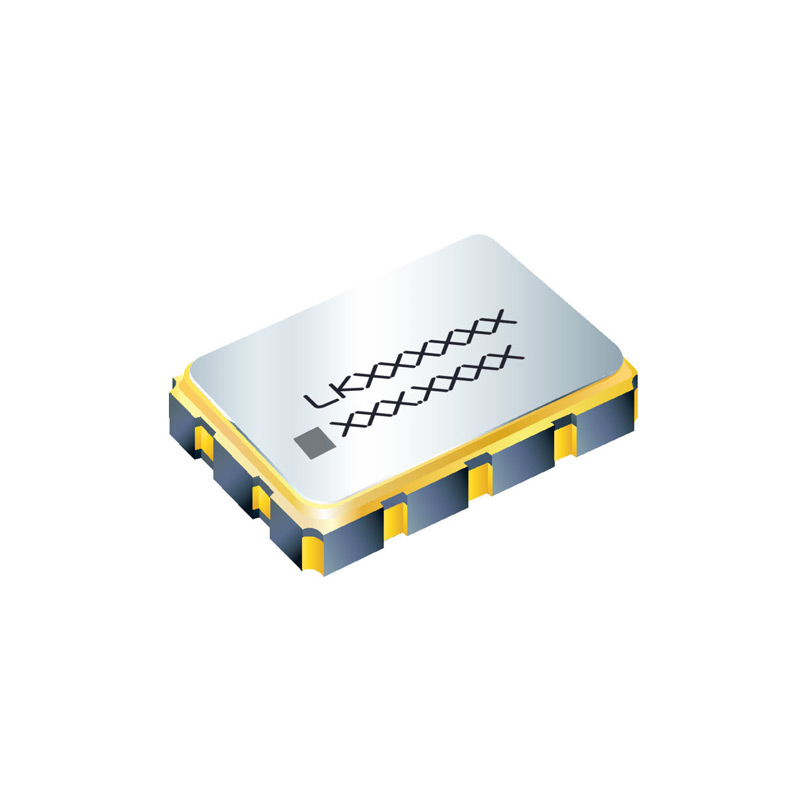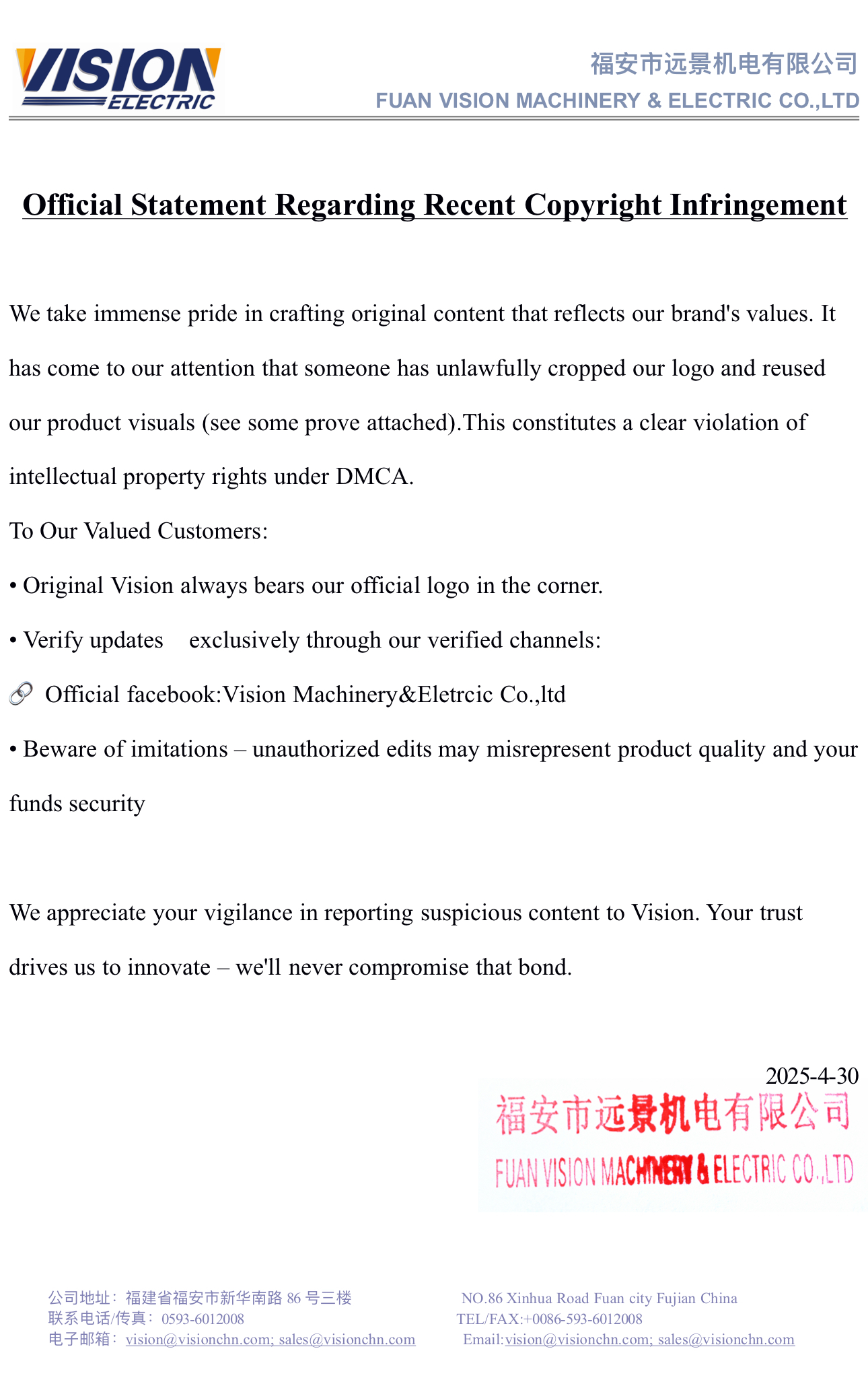Quartz crystals are ubiquitous in modern electronics, silently ensuring the precise timing that allows our devices to function correctly. From smartphones to satellites, industrial controllers to medical devices, quartz crystals are essential components in countless electronic systems. Understanding how quartz crystals operate and their significance in electronic circuits provides valuable insight into the foundation of modern technology.
This article explores the working principles of quartz crystals, their applications across industries, and how LUCKI ELECTRONIC (LUCKI®) provides high-quality quartz and frequency solutions that power today’s advanced electronics.
The Basics of Quartz Crystals
Quartz (SiO₂) is a piezoelectric material, meaning it generates an electric voltage when mechanical stress is applied and conversely deforms when an electric field is applied. This dual property is the key to its function in electronics.
Quartz crystals act as precise resonators. When voltage is applied, the crystal vibrates at a specific frequency determined by its physical dimensions and cut. These vibrations are highly stable and consistent, making quartz crystals ideal for applications requiring accurate timing.
How Quartz Crystals Generate Stable Oscillations
The fundamental operation of a quartz crystal in an electronic circuit involves the following steps:
Piezoelectric Effect – Applying an electric field causes the crystal to deform mechanically, generating oscillations.
Resonance Frequency – The crystal resonates at a natural frequency defined by its thickness, shape, and cut. Common cuts include AT-cut and BT-cut, each offering specific temperature stability and frequency characteristics.
Feedback Circuit – The crystal is connected to an electronic oscillator circuit, which sustains its vibration. The circuit amplifies the signal and feeds it back to the crystal to maintain continuous oscillation.
This process results in an exceptionally stable frequency output, which is critical for timing-sensitive applications.
Types of Quartz Oscillators
Quartz crystals are used in various oscillator types to meet specific industrial and consumer needs:
SMD and Through-Hole Crystals – Widely used for compact electronic devices and printed circuit boards.
VCXO (Voltage-Controlled Crystal Oscillator) – Allows frequency tuning via voltage, useful in communication systems.
TCXO (Temperature-Compensated Crystal Oscillator) – Maintains precise frequency across temperature variations, essential for GPS and networking.
OCXO (Oven-Controlled Crystal Oscillator) – Offers the highest stability by maintaining the crystal at a constant temperature, used in critical applications such as satellites and high-precision servers.
Each type ensures reliable performance in its target application, from consumer electronics to industrial systems.

Applications Across Industries
Quartz crystals are integral to numerous sectors:
1. Telecommunications and Networking
Precise timing is crucial in base stations, routers, and cloud servers to synchronize data transmission. TCXOs and VCXOs provide the stability needed for 4G, 5G, and emerging communication technologies.
2. Satellite Navigation
GPS and GNSS systems rely on ultra-stable oscillators to maintain position accuracy. High-performance quartz oscillators ensure satellites and receivers operate in perfect synchronization.
3. Consumer Electronics and Smart Devices
Smartphones, smart home devices, and wearables depend on quartz for clock generation, ensuring apps, sensors, and wireless communication function seamlessly.
4. Industrial Control and Automation
Automation systems, programmable logic controllers (PLCs), and industrial sensors use quartz oscillators to coordinate timing, control processes, and maintain system reliability.
5. Medical Equipment
Medical imaging, monitoring devices, and laboratory instruments require precise timing for accurate measurements and diagnostics. Quartz-based oscillators deliver the necessary consistency.
6. Emerging Technologies
Artificial intelligence, autonomous driving, renewable energy systems, and smart cities all rely on precise frequency control for connectivity, data processing, and real-time monitoring.
Advantages of Quartz Crystals
Frequency Stability – Minimal drift over time ensures reliable performance.
Temperature Resistance – Specific cuts and compensation techniques maintain accuracy across temperature ranges.
High Reliability – Solid-state, passive components with long operational life.
Compact Size – Enables integration into small devices without sacrificing performance.
Cost-Effectiveness – Mass production allows affordable and scalable solutions for multiple industries.
The combination of these features explains why quartz remains the foundation of modern electronic timing.
LUCKI ELECTRONIC: Providing Cutting-Edge Frequency Solutions
LUCKI ELECTRONIC (LUCKI®) has decades of experience in manufacturing frequency products, quartz crystals, oscillators, and ceramic resonators. Key capabilities include:
Comprehensive Product Lines – SMD and through-hole oscillators covering VCXO, TCXO, OCXO, and other specialized solutions.
Global Applications – Products are widely used in satellite navigation, base stations, data servers, AI systems, autonomous driving, smart home, medical equipment, smart cities, industrial control, renewable energy, and consumer electronics.
High-Volume Deliveries – Over 10 billion passive/active timing and magnetic solutions delivered to more than 50 countries and regions.
Quality and Reliability – Focus on stable performance and precise timing to meet rigorous industry demands.
By offering advanced solutions, LUCKI® ensures that devices across industries achieve the timing accuracy and reliability essential for modern electronics.
Future Trends in Quartz Technology
Integration with IoT and AI Systems – Oscillators will support real-time data synchronization for intelligent devices.
Miniaturization – Further reducing component size without compromising frequency stability.
Enhanced Temperature Compensation – Improving performance in extreme environments.
Hybrid Solutions – Combining quartz with MEMS-based devices for high-precision and low-power applications.
These innovations continue to expand quartz technology’s relevance across new and emerging applications.
Conclusion
Quartz crystals form the heartbeat of modern electronics. Their precise, reliable, and stable frequency generation enables seamless communication, navigation, industrial control, and consumer applications. With decades of expertise, LUCKI ELECTRONIC (LUCKI®) provides high-quality quartz and oscillator solutions that power devices in over 50 countries, supporting everything from everyday electronics to advanced industrial and emerging technologies. Understanding the operation and applications of quartz crystals highlights why they remain indispensable in the electronics landscape.
www.cnlucki.com
LUCKI ELECTRONIC(LUCKI®)



+ There are no comments
Add yours